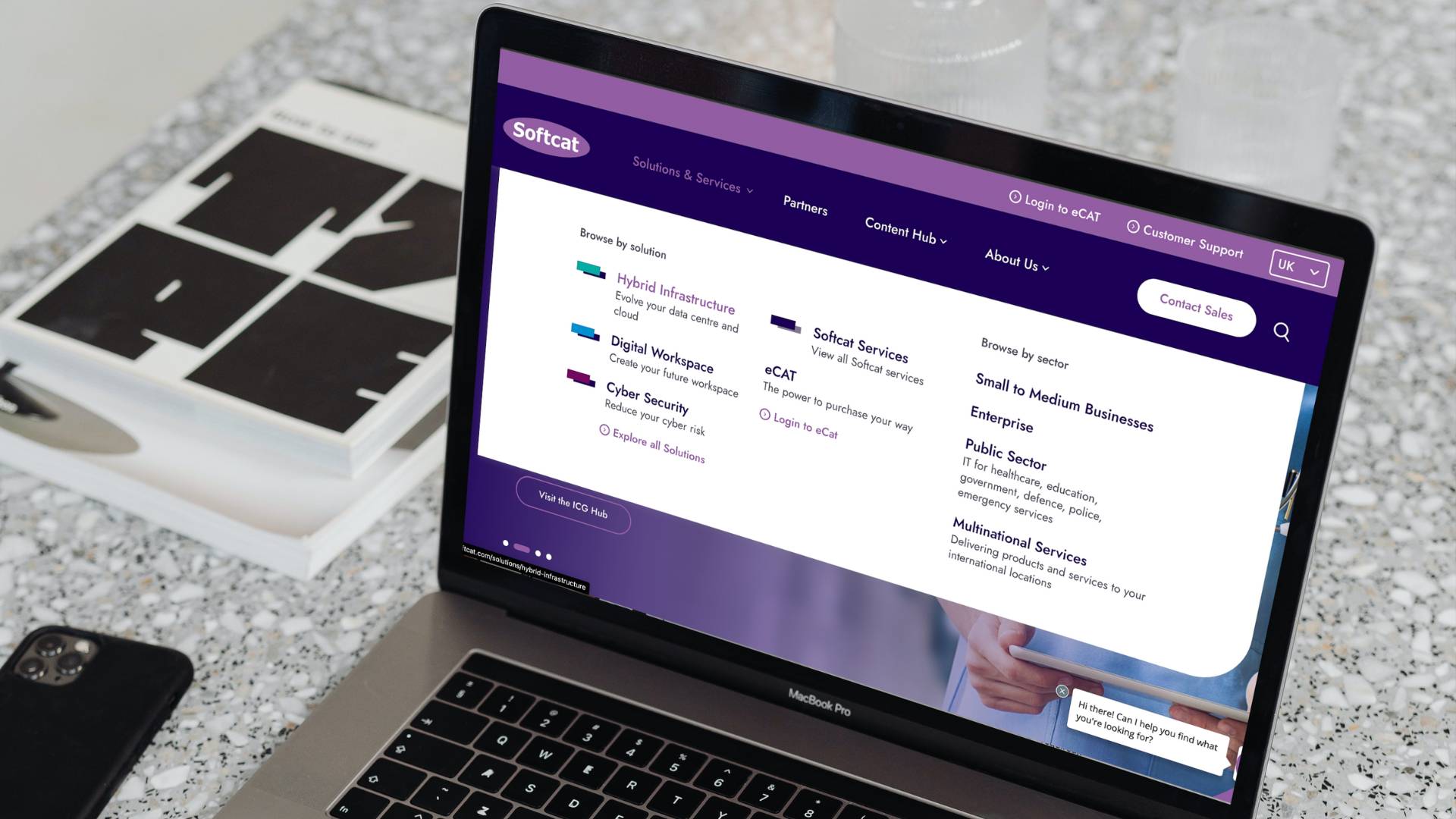There are many reasons why your business might operate multiple websites. Perhaps you want different sites for some of your main markets, in the same way as eBay and Amazon do. Maybe you want to separate different areas of your business, or even to have websites that cater to different segments of your demographic groups.
Whatever your reasons for doing so, having multiple sites comes with difficulties. Aside from the potential for confusion amongst your customers and the difficulty in having good analytics in areas such as lead tracking, how does your staff actually manage them?
Multi-site management can present you with many challenges and knowing how to overcome them can put you on the road to a successful strategy.
Why Have Multiple Websites?
As mentioned, a business may have various reasons for operating several websites. Some businesses may even opt for a main centralized website that acts as a portal for any other sites they operate. You should also consider any additional costs associated with website development.
Knowing when it could be a good business idea to have more than one site can help you plan and implement an efficient multi-site management strategy:
Geographical Reasons
If you operate globally, or even in more than one region, you may want different websites for each. This could be because of language or cultural differences.
For example, your website design may differ greatly between a USA site and a site in an Islamic country such as Malaysia. You may even choose to have separate websites purely based on sales and market share. After all, there’s little point in having a country-specific site when you have minimal sales there. The US Army MWR is a website with close to 100 regions.
Marketing and Sales Reasons
While multiple sites can present issues when it comes to tracking things such as lead generation, it can also be part of the reason for doing so.
You may appeal to different demographic groups—something that can influence your marketing and website design strategies. So, it can make sense to separate your sites.

Bricks and Mortar Reasons
Some larger organizations, such as grocery stores, may operate physical stores and offer online ordering.
While some aspects of their business may be centralized (even by area), they will sometimes consider having a website dedicated to one store or even a group of stores in a particular area. This is something that works best when the stores operate in different countries or if each location offers different products.

The team upgraded the main company site and eight fine dining restaurant websites, two corporate food hall sites, and two fast casual location sites. The team also simplified the Bartolotta URL structure to improve search engine optimization (SEO) and set up custom tracking to help the company better understand its customers' behavior and make data-driven decisions. Read the full case study here.
Why Do You Need Multi-Site Management?
Unless you also operate bricks and mortar stores, your websites are your primary connection to your customers. They’re the sales funnels that drive those customers to purchase your products and/or services.
You may be operating in different countries or you may be operating several sites in the same country. Whether you’re using a .ai domain or a .com one, those sites need to be managed efficiently.
Your websites are the “public face” of your organization. They not only showcase what you have to offer potential customers but can also be integral in building trust and relationships. If someone visits a site that is obviously poorly managed, then they’re likely to take their custom elsewhere.
However, despite the importance of managing every aspect of your sites efficiently, the reality is that good management can take up a lot of time. And that’s time that may be better spent focusing elsewhere in your business, especially if you have a smaller staff. It’s also worth noting that many of the tasks involved in managing a website can be repetitive.
Having an efficient multi-site management strategy that utilizes tools to oversee most if not all of your site management tasks can mean a more efficient process.
Multi-Site Management Strategies
The first thing to understand is that there are two main strategies when it comes to multi-site management; tool-based and DevOps multi-site management. Which is best for you will depend very much on the resources available to you, the complexity of the sites being managed, and how much time and budget you have.
When you’re looking at operating multiple sites across your business, it’s essential that you plan carefully and consider every factor involved in managing those sites. Thinking about how things like cloud communications fit in with your business model and your multi-site management strategy can make things easier in the long term.
Tool-Based Multi-Site Management
Unsurprisingly, there are a wealth of tools that can help you manage your sites. These can range from CMS (Content Management System) tools to analytic tools to administrative ones.
The advantage of using tools for multi-site management is that they can carry out a wide range of specific tasks across a variety of websites.
When you think about it, your business likely uses many different tools. These can range from something as simple as a fax from Gmail service to a complex inventory and purchasing management system. The whole point of tools, no matter what context they are used in, is to make your life easier. There is no difference when considering tools in multi-site management.
DevOps Multi-Site Management
This is a more complex strategy and one that perhaps better suits organizations that develop and/or deliver tech products, such as cloud telephony or AI-based solutions.
The main objective of a DevOps strategy is to streamline and shorten any development cycle and to have a standard process that applies across all your websites.
While this may sound relatively simple, the reality is that adopting a DevOps strategy can consume a lot of your time and resources.
For smaller businesses, that can mean this strategy may distract you (and your staff) from other critical tasks. That’s why it’s better suited to a business that already has a DevOps team who can add multi-site management to the development, testing, and deployment work they’re already doing.
Before you consider a DevOps strategy for multi-site management, look at the resources you already have, especially in terms of the personnel you would be assigning to any tasks. Do they have time to focus on site management instead of their normal tasks or would you have to hire new DevOps staff?
Good management of your business includes allocating your human resources where they will have the best effect.
Understanding Multi-Site Management is the First Step to Getting it Right
It doesn’t matter why you operate multiple websites, the very fact that you do means you have to implement an efficient multi-site management strategy.
You also need to consider what works best for you and which tools, if any, will help you achieve your objectives and goals, and reduce staff workloads.
You also need to remember that your websites are a reflection of your brand. Ensuring that they’re up to date and contain content relevant to your customers is crucial. By having an effective strategy to manage those sites, you can meet both business and customer expectations.
